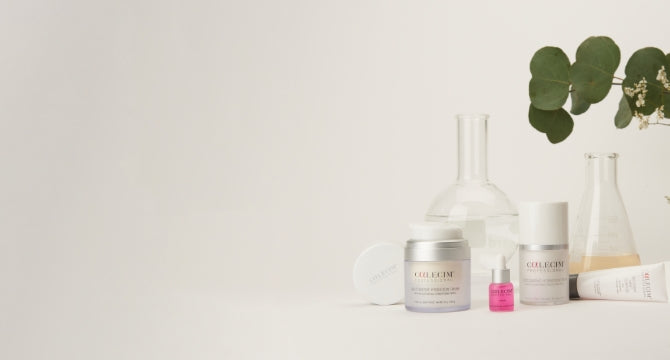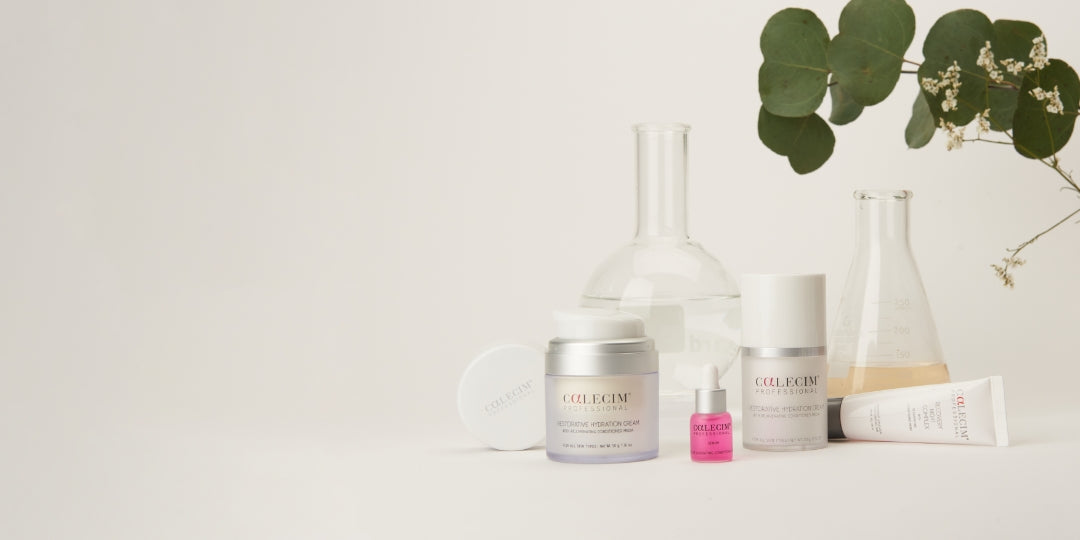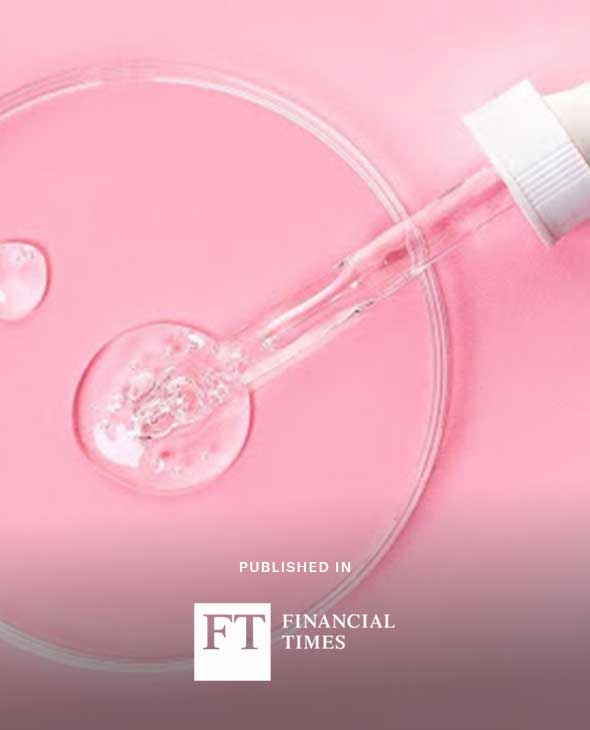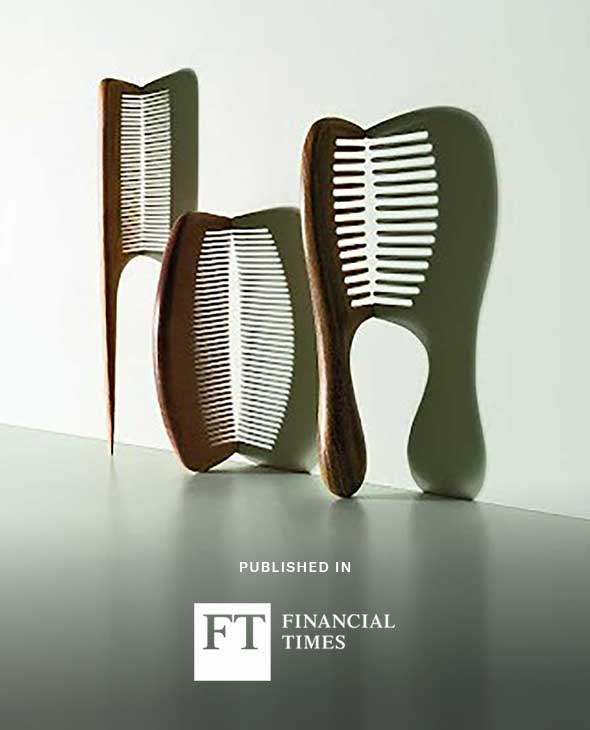How sunblock and these skin-saving tips will help you keep skin-aging at bay this summer
How to have fun in the sun without sacrificing your skin health
Ultraviolet (UV) rays can cause damage to skin in as little as 15 minutes of sun exposure. UV rays are an invisible kind of radiation that comes from the sun, tanning beds and sunlamps. Prolonged exposure can not only contribute to fine lines and wrinkles, they could also lead to various forms of skin cancer.1 Keeping this in mind, it makes sense to take steps to protect yourself while having fun in the sun.
Know which sunscreen is the best
Apply sunscreen and keep reapplying it throughout the day. The American Institute of Dermatology recommends doing so every two hours. There are two types of sunscreen: chemical-blocking and physical-blocking sunscreen. Chemical sunscreens block UV rays by absorbing them into skin and then releasing them. Physical sunscreens, on the other hand, function by sitting on skin’s surface and reflecting UV rays away from the body or face.2
The most important consideration when choosing a sunscreen is SPF or sun protection factor. The American Institute of Dermatology recommends using at least SPF30. The number tells you how long the sun’s UVB rays will take to redden skin while using a particular sunscreen compared with the amount of time spent without applying one. Higher SPF numbers denote greater protection. So, if you use an SPF15 product exactly as directed, it will take you 15 times longer to burn than if you weren’t wearing sunscreen.
A sunscreen with SPF30 will shield you from around 96.7% of UVB rays, whereas an SPF of 50 promises protection from about 98% of UVB rays. Anything beyond SPF50 makes very little difference in terms of sun damage, and no sunscreens offer 100% protection from UVB rays.3
Apply sunscreen liberally on all exposed skin, especially your nose, ears, neck, hands and feet and lips (though not in the mouth and eyes). Do so even on cloudy or cool days as damage from the sun’s rays can still occur then. Re-apply every two hours or after swimming or when sweating. Also, check the expiration date. Shelf life of sunscreens is typically three years.
Choose a broad-spectrum sunscreen. The label “broad spectrum” indicates that the sunscreen contains ingredients that effectively protect against UVA as well as UVB rays. UVB rays cause sunburn while UVA rays give rise to wrinkling, premature aging and skin damage.
You should also choose a sunscreen that is water resistant. While sunscreens can’t claim to be waterproof, they can be labelled water resistant for either 40 or 80 minutes.4
Provide physical sun protection clothing
Rather than rely solely on sunscreen, you should also wear sun-protective clothing. Clothing can provide a barrier against the sun’s UV rays. The more skin you cover the better. Look for UPF, which stands for ultraviolet protection factor, on labels for clothing, hats and fabric. The number indicates what fraction of the sun’s UV rays can penetrate the fabric.4
Choose sunglasses with UV protection
Invest in a good pair of sunglasses to block out UV rays and reduce the risk of cataracts. They also help prevent damage from sun exposure to the sensitive skin around your eyes. Wear sunglasses with UVA and UVB protection. Wraparound glasses work best because they block UV rays from sneaking in from the side. Since UV rays are present even on a cloudy or hazy day, it is important to have your sunglasses on when you are outdoors.
The right head gear can protect more than your face
A wide-brimmed hat can protect the face, ears and neck.
Walk in the shade
When you are outside, especially between 10am and 4pm when the sun is at its most intense, take refuge under the shade.4
Make healthy lifestyle choices
Maintain healthy skin by not smoking. Smoking damages elastin and collagen. Treat your skin gently by using mild soaps and daily moisturisers. Limit hot showers as this can strip essential oils from skin. Pat dry after bathing to retain moisture. Consume a variety of fruit and vegetables and drink plenty of water. Engage in stress-reducing activity and get regular sleep.5
Give your skin extra TLC in the evening
On the topic of sleep, you can calm and hydrate your skin overnight with a tried and tested formula, the Recovery Night Complex. Banish skin irritation and sensitivity with a powerhouse of actives such as PTT-6® which aids skin repair, calming peptides such as calmosensine and cooling aloe vera. It also coats skin in a cool, hydrating gel to ensure that you can wake up to glowing, well-hydrated skin.
References
- https://newsnetwork.mayoclinic.org/discussion/9-tips-to-protect-your-skin-this-summer/
- https://www.bu.edu/articles/2021/how-to-choose-face-sunscreen-dermatologist-tips/
- https://www.kinesysactive.com/blogs/the-spf-blog/the-difference-between-spf-30-and-spf-50-sunscreen
- https://www.skincancer.org/skin-cancer-prevention/sun-protection/
- https://newsnetwork.mayoclinic.org/discussion/9-tips-to-protect-your-skin-this-summer/































